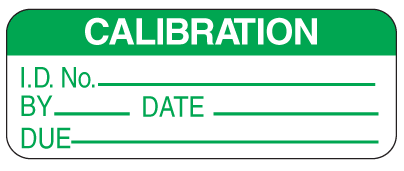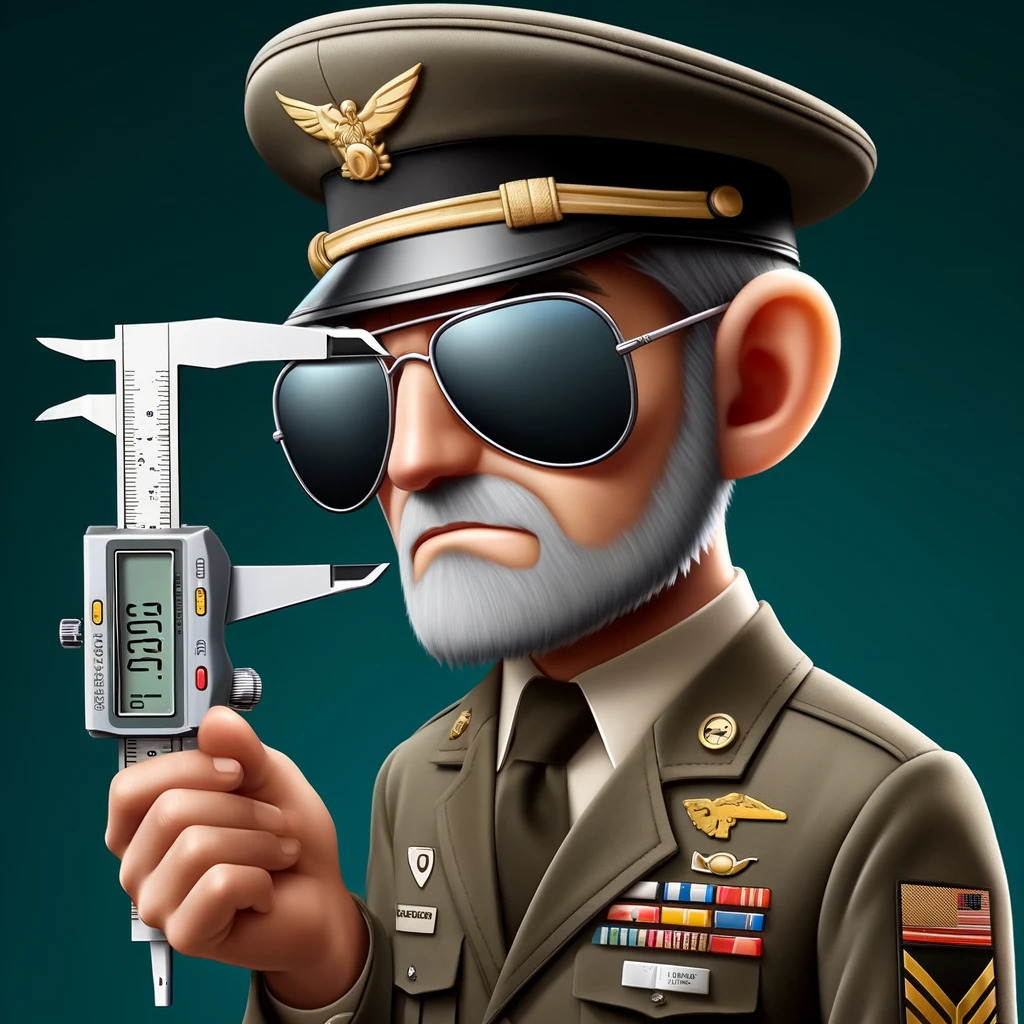In the precision-driven world of manufacturing, master gages and reference parts play a critical role. They are the benchmarks that ensure the accuracy and consistency of products, regardless of when or where they are made. But to truly rely on these tools for quality control, there must be an unbroken chain of traceability. This blog post delves into the significance of traceability for master gages and reference parts, exploring its benefits, key components, and the steps companies can take to implement an effective traceability program.
What is Traceability in Precision Measurement
Traceability in precision measurement refers to the ability to track the calibration history and usage of master gages and reference parts. It’s about knowing where your tools come from, how they have been used, and whether they are still fit for purpose. This level of oversight is crucial for maintaining high standards of quality and reliability in manufacturing processes.
Why Traceability Matters for Master Gages and Reference Parts
The accuracy of master gages and reference parts is fundamental to the manufacturing process. These tools calibrate and verify the precision of production equipment, directly impacting the quality of the final product. Traceability ensures that these critical tools meet the required standards and specifications, providing confidence in every measurement.
Benefits of Implementing Traceability Measures
Implementing traceability for master gages and reference parts offers numerous advantages:
- Enhanced Quality Control: With detailed records of each tool’s calibration and usage history, manufacturers can guarantee the accuracy of their measurements and the quality of their products.
- Efficient Management of Calibration Cycles: Traceability enables the timely calibration of tools, ensuring they are always in optimal condition for precise measurements.
- Reduced Risk of Errors: By tracking the usage and condition of each tool, companies can prevent measurement errors that could lead to product defects or recalls.
- Compliance with Standards: Many industries require traceability of measurement tools as part of quality management and regulatory compliance.

Key Components of a Traceability System
A comprehensive traceability system for master gages and reference parts includes:
- Unique Identifiers: Each tool is assigned a unique identifier, such as a serial number, for easy tracking.
- Digital Records: A centralized database stores all relevant information, including calibration certificates, usage history, and maintenance records.
- Regular Audits: Scheduled audits ensure the integrity and accuracy of the traceability system, identifying any discrepancies or areas for improvement.
Steps to Implement a Traceability Program
Implementing a traceability program involves careful planning and execution:
- Assessment of Current Practices: Begin by evaluating the existing system for tracking and managing master gages and reference parts.
- Selection of Technology: Choose appropriate technology solutions, such as RFID tags or barcode systems, for tracking tools.
- Development of Procedures: Establish clear procedures for recording, using, and maintaining master gages and reference parts.
- Training of Personnel: Ensure all relevant staff are trained on the importance of traceability and how to use the new system.
- Ongoing Review and Improvement: Regularly review the system’s effectiveness and make necessary adjustments to improve traceability.
Challenges and Considerations
While the benefits are clear, implementing traceability can present challenges, including the initial investment in technology, the need for staff training, and ensuring the security and privacy of data. However, with careful planning and execution, these challenges can be overcome.
Improving Manufacturing Standards with Traceability
Traceability for master gages and reference parts is more than a regulatory requirement; it’s a foundation for quality, precision, and reliability in manufacturing. By investing in a robust traceability system, manufacturers can ensure the accuracy of their measurements and the integrity of their products, paving the way for continued success in an increasingly competitive and quality-conscious market. Embracing traceability is not just about meeting standards but setting new benchmarks in manufacturing excellence.
